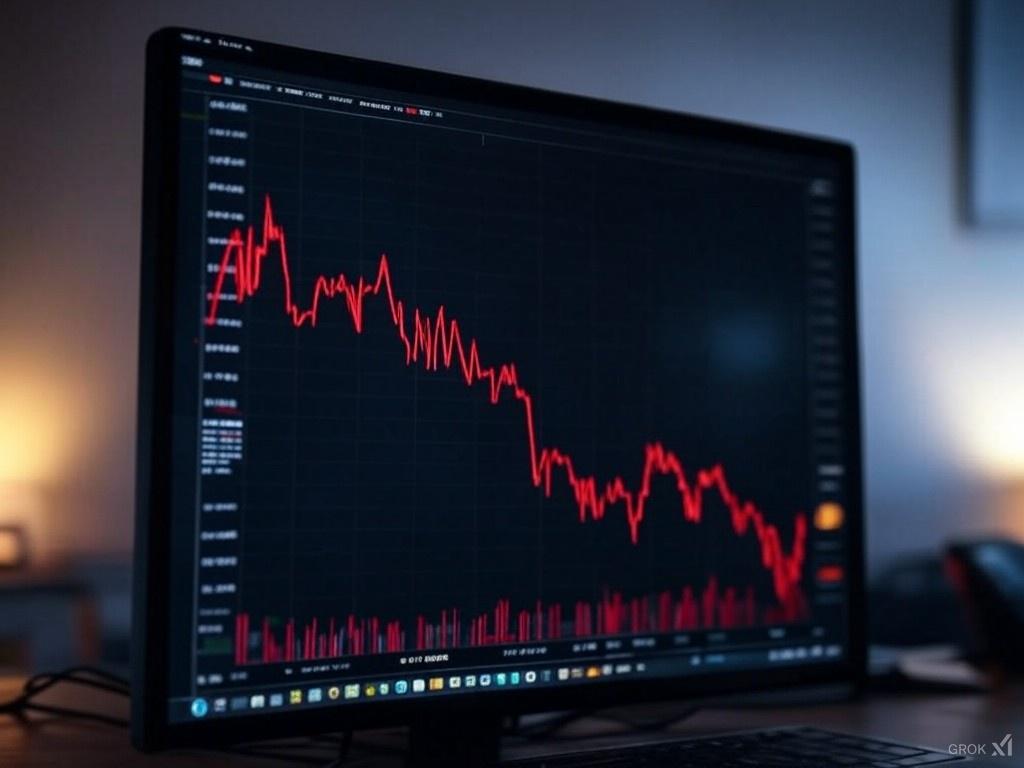US President Donald Trump’s sanctions on Russian oil giants Lukoil and Rosneft are putting pressure on India to realign its energy strategy.
The measures announced last week mean Indian oil refineries, and banks and shipping companies facilitating trade with blacklisted Russian companies could face secondary sanctions if they do not cease transactions by the November 21 cutoff date.
The move comes after the Trump administration in August said it would impose 50% tariffs on select Indian exports to the US over continued purchases of Russian oil by New Delhi. Data from global trade analysis firm Kpler shows that in September 2025, India will buy about 1.6 million barrels of Russian crude oil per day.
Trump has also claimed several times in recent weeks that Indian Prime Minister Narendra Modi had told him that India would stop buying Russian oil.
The Indian government has neither confirmed nor denied these claims, apart from a statement from the Ministry of External Affairs on October 17, which underlined that India’s goals are to “ensure stable energy prices” and “broaden our energy sourcing and diversify appropriately to meet market conditions.”
Signs of cut in Russian crude oil in India?
India’s former ambassador to the US, Meera Shankar, told DW that it is interesting that US sanctions have been imposed not on Russian oil, but on Russia’s two biggest energy companies.
He said, “Removing all Russian oil from the global market would drive up energy prices and would not be politically or economically favorable in the US or Europe.”
“Most of the Russian oil in India is being imported by private companies and they will take decisions based on assessing the balance of benefits. The Indian government has offered to increase energy purchases from the US as part of its effort to diversify,” Shankar said.
Indian refinery giant Reliance Industries, currently the largest Indian importer of Russian crude and the largest exporter of refined petroleum products, has indicated it is preparing to cut purchases from Rosneft, multiple refinery sources said last week, speaking anonymously to Reuters news agency.
On record, a Reliance spokesperson said the refinery is “assessing the implications” of recent Western sanctions on Russian oil, and stressed that it will “optimize refinery operations” to meet the compliance requirements of the “applicable sanctions and regulatory framework.”
This includes compliance with new EU guidelines restricting imports of refined petroleum products sourced from Russia.
Reliance said it would “fully comply” as and when “any guidance is received from the Government of India”.
Trump applies pressure
After Russia invaded Ukraine in 2022, India started buying Russian crude oil at a steep discount, making Russia now India’s largest source of crude oil imports.
Before the Ukraine war, Russian crude oil was only a small part of India’s energy mix, with India’s oil demand coming mostly from the Middle East.
Cheap Russian oil imports allowed India to save billions of dollars, even though the price of Russian crude purchased by India became higher.
Although criticized for supporting Moscow’s war, India’s imports of Russian crude were favored by the West as a stabilizing factor in global oil prices, with the Trump administration now putting pressure on Moscow’s coffers.
The US Treasury said the move was aimed at “undermining the Kremlin’s ability to raise revenue for the war machine.”
The choice now for India is whether Russian oil is worth the risk of secondary sanctions, and thwarting a potential trade deal with the US.
“India has no option but to succumb to US sanctions because it threatens secondary sanctions on our banks and energy sector companies,” Arun Kumar, a former economics professor at Delhi’s Jawaharlal Nehru University, told DW.
Where are India’s other sources?
Lekha Chakraborty, professor and chair at the Delhi-based National Institute of Public Finance and Policy, told DW that Indian refiners like Reliance are already bringing in more Middle Eastern supply to replace lost Russian crude.
“We are already seeing an increase in purchases of Iraq’s Basra Medium crude, which now accounts for about 20% of India’s oil imports, along with a combined 22% from Saudi Arabia and the UAE,” he said.
“This strategic realignment will help maintain supplies, but it will come at a cost – higher fuel prices could put a cap on India’s targeted 7% growth and squeeze margins in manufacturing and transportation,” he said.
“India’s economic momentum is likely to moderate in the short term as global headwinds intensify. Moving away from discounted Russian barrels is not ideal for growth, but these disruptions are temporary and India is in a position to adapt quickly,” he said.
However, Chakraborty stressed that India retains significant economic resilience, with $700 billion (€602 billion) in foreign exchange reserves, an increasingly diversified trade portfolio and active negotiations to finalize a trade deal with Washington.
“By rapidly realizing oil trade, negotiating reciprocal tariffs and deepening regional partnerships, India is reducing the risk of geopolitical isolation and demonstrating its ability to withstand shocks despite testing global alliances,” he said.
India’s strategic autonomy
Ajay Bisaria, a former Indian diplomat and now a corporate adviser on geopolitics, told DW that India is playing the long game with energy policy, and wants to maintain the maximum level of flexibility.
“India’s approach to energy is rooted in strategic autonomy, always aiming to secure the most affordable oil for its consumers,” he said.
“Ideally, India would like a global market where energy sources are interchangeable, but geopolitical realities, and unexpected changes in US policy, now complicate this scenario,” he said.
“Although India is not ruling out buying Russian oil in the medium term, new US sanctions have created significant barriers for Indian companies operating in the sector. Yet, the government has avoided explicitly ordering companies to stop Russian imports, while maintaining both flexibility and leverage,” he said.
With ongoing negotiations on an India-US trade agreement, halting Russian oil imports provides scope for diplomatic relief while preserving India’s flexibility to restore Russian flows when conditions ease.
“When the restrictions are lifted, business will resume as usual. The restrictions will complicate but will not put pressure on India’s choices,” Bisaria said.
Talking to Indian analysts times of India The newspaper said it expects Russian crude oil imports to decline in the near term, but expects refineries to continue sourcing Russian oil through non-sanctioned third-party intermediaries.
However, it is not yet clear when and on what scale this will happen, and whether the US could also target this alternative route.
Edited by: Wesley Rahn






Leave a Reply